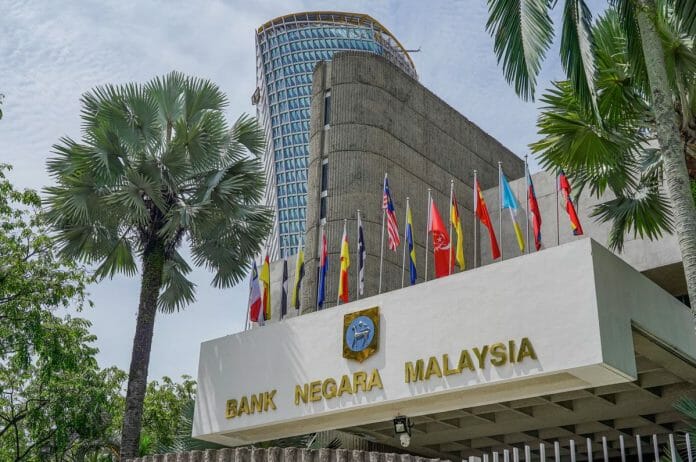Bank Negara Malaysia (BNM) can afford to be more gradual in increasing the overnight policy rate (OPR) after raising the interest rate by 25 basis points to three per cent following its Monetary Policy Committee (MPC) meeting in May, said an economist.
UOB Group’s senior economist, Julia Goh, said that at three per cent, the OPR was at a neutral level, which is not too restrictive and sufficient to handle inflationary risk.
When you are very near the peak of the rate hike, we think that perhaps there is room for them to pause to take in the current trends to see the impact of the previous rate hikes on the economy before they decide what would be the next course of action; she told reporters at the sideline of UOB Asset Management Forum Kuala Lumpur today (July 5).
Looking at recent economic data, Goh noted that manufacturing exports have been weaker while the economic recovery of China, Malaysia’s major trading partner, had not been as strong, and that would have a spillover effect on Malaysia’s economy and recovery.
So, taking all that into consideration, and at Malaysia’s headline inflation, which is also showing a moderating trend, we also feel that private consumption has been moderating and normalising, she said.
Meanwhile, Malaysian Inclusive Development and Advancement Universiti Kebangsaan Malaysia’s director Professor Tan Sri Dr Noor Azlan Ghazali, viewed that Malaysia is now facing challenges not only from the external front but also domestically.
He shared that the rule of thumb in monetary policy is to lean against the wind, and raising the OPR is aimed at slowing things down. Hence increasing the interest rate further would have implications for the domestic economy.
Noor Azlan said that the current interest rate level had already impacted the lower-income group as the household debts were very high.
He opined that Malaysia’s monetary policy should not be swayed by the US Federal Reserve’s (Fed) action.
The Fed had started hiking the US interest rates in September last year from 0.8 per cent to 5.25 per cent currently and remained hawkish on the move.
Until September last year, our interest rate was still higher compared to the US. It is not right if we have to keep on increasing like the US. The Fed also put a lot of consideration on their domestic economy, as they are facing high inflation pressure.
Our situation here is different, so it is not necessary we must follow what the US was doing. However, it is hard to say whether BNM will increase the OPR tomorrow, but they need to weigh various situations by taking into consideration the local situation; he added.
Meanwhile, on the ringgit downtrend, Noor Azlan viewed that besides OPR, the government needs to consider looking into structural reforms to help stabilise the currency.
Many of us are focusing too much on the day-to-day fluctuation of the ringgit to the US dollar. Not many are looking from year to year or period to period.
Since 2005, the ringgit movement has been moving in two bands. After the ringgit de-pegging, it moved from RM2.9 to RM3.8 against the US dollar until 2015, and from 2016 onwards, it moved in the range of RM3.8 to RM4.7 recently, he said.
Noor Azlan added that if the changes were within the band, it would be a short-term phenomenon, but if they moved outside the band, it could be a structural problem.









